
The SFFaudio Podcast #319 – Jesse, Julie Davis, Seth, and Maissa continue their journey through The Lord of the Rings by J.R.R. Tolkien with a discussion of Book III “The Treason of Isengard” (aka the first half of The Two Towers).
Talked about on today’s show:
Lord of the Rings was published in three volumes instead of six volumes due to paper shortages; surprise, Jesse prefers shorter volumes; Ayn Rand’s thick books, and thin books like Anthem; pocket editions of The Hobbit; small books make us feel like giant Alice in Wonder characters; The Two Towers is the shortest volume, though Return of the King is bulked up by appendices; as a first-time reader, Maissa appreciated the quick pacing; Anthony Boucher’s review claims the volume makes “inordinate demands” on readers; overwhelming back history; the difference of reading review and reading for pleasure; reading at Shadowfax speed!; “hope is in speed”; the poetry of Tolkien’s prose; Anglo-Saxon influence on alliteration in Rohan speech; the beauty of Tolkien’s descriptions; Gimli’s descriptions of the caves; the illegitimate heirs of Tolkien can’t compete with Tolkien’s command of language; the Orcs as comic relief; three factions of Orcs set against the three races of runners; Legolas and Gimli working through their differences; evil by definition does not make alliances; Saruman’s cloak of many colors as a symbol of evil; the Orcs’ lack of coöperation; who is the wandering old man in the hat?; the contrast between the Orc draught and Ent draught, similar to Gandalf’s flask of Miruvor in Book II; the persistent symbolism of waters and drinking in this volume; similarities between Rohan and Anglo Saxon culture; linguistic parallels between the speech of the Rohirrim and Old English; “sister-daughter” and different familial relations in Rohan; the emerging importance of Éowyn; the underpopulation of Middle Earth; parallels between the Third Age of Middle Earth and Europe after the “fall” of Rome; Gondor = Rome to some Tolkien scholars; Dan Carlin’s Blueprint for Armageddon on World War I; the influence of World War I on Tolkien’s writing; flood and trench imagery of Orthanc recalls the devastation of World War I; Middle Earth (and the modern world) is in a time of transition; conversation with Éomer about the persistence of legends; “not we, but those who come after, will make the legends of our time”; people tend not to recognize they’re in a time of transition; Jesse deftly defines “Flotsam and Jetsam” for us and ties them into the book’s backward-looking and forward-looking symbolism; Tolkien’s love of etymology; action like the Ents’ storming of Isengard happens off-stage; Agatha Christie style foreshadowing with Longbottom Leaf; we don’t really care about Helm’s Deep; “Aragorn joined Éomer in the van”; horrible tree puns; Old Forest as the Fangorn of the West; we’re pretty sure the Entwives are hanging out there; the Elves are less interesting than Ents because the Elves are too perfect; the Elves talked the Ents into wakefulness; Shadowfax’s race of horses can understand the speech of men; the pre-speech age of human beings and Koko the gorilla; the Rangers are the detectives of Middle Earth; Voltaire’s Zadie and Poe’s C. Auguste Dupin from The Murders in the Rue Morgue; debate about existence of evidence for the Entwines–stay tuned to the next volume!; finding the Entwives = Mission Impossible (cue theme); the growth (in many ways) of Merry and Pippin; Gandalf’s foresight in allowing them to join the Fellowship; “they are the pebbles that began the avalanche of the Ents’ rising”; the three runners sped 220 kilometers in four days; it proved fortuitous that Pippin found the Palantir; the Palantir is FaceTime with Sauron; Merry and Pippin were key to Boromir’s redemption; return of the black swans–and the eagle!; Ariel in The Tempest by Shakespeare does all the work for Prospero, just like the eagles; Gandalf actually performs magic in “The Voice of Saruman” chapter; the voice in Dune; Gandalf takes over the council of wizards; the blue wizards aren’t present because they’re too “swear-y”; the recurring importance of choice; Tolkien is always on the side of free will; Aragorn’s decision not to follow Frodo; Palantir are the “seven stones” of Gondor’s flag; the Palantir is neither good nor evil; Palantir symbolizes communication of superpowers between the world wars, and the iconic red phone; The Victorian Internet by Tom Standee: the telegraph is the best thing since sliced bread; the lazy visual shortcuts that the movie takes with the Palantir and with Saruman’s influence on Théoden; The Man Who Never Was; meanwhile, Sam and Frodo are slogging through; the inevitable breaking of the Fellowship; the four elements in Gandalf’s death and resurrection; more Lovecraftian weirdness in the bowels of Middle Earth; Gandalf has changed; Norse worm gnawing at the roots of the World Tree; Treebeard as shepherd of the trees; “boom, boom, dahrar!; Net names tell the whole story of things; Freebeard’s bed isn’t for sleeping; Shakespeare’s disappointment at Shakespeare’s sleight-of-hand with the trees of Birnam Wood not actually coming to life in Macbeth; “fear not, till Birnam wood do come to Dunsinane” almost perfectly echoed in The Two Towers; nobody does Elves better than Tolkien; the joy Tolkien must have had writing about trees.
“Aragorn and Legolas went now with Eomer in the van.”
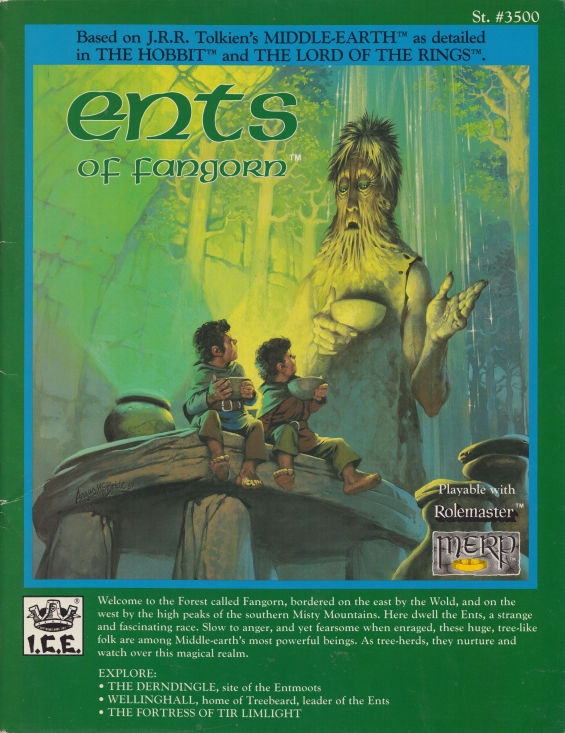
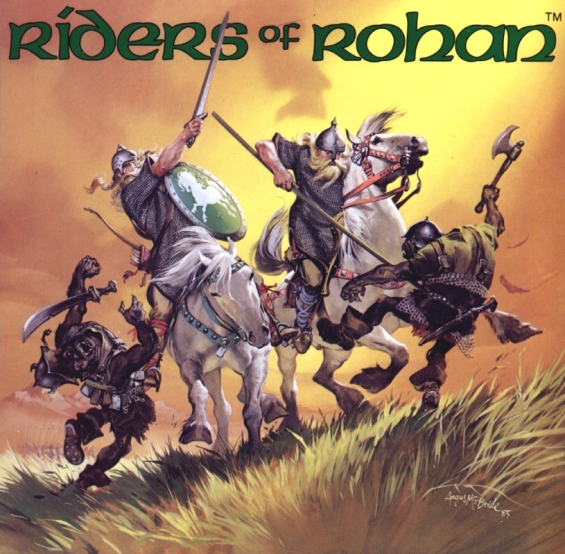
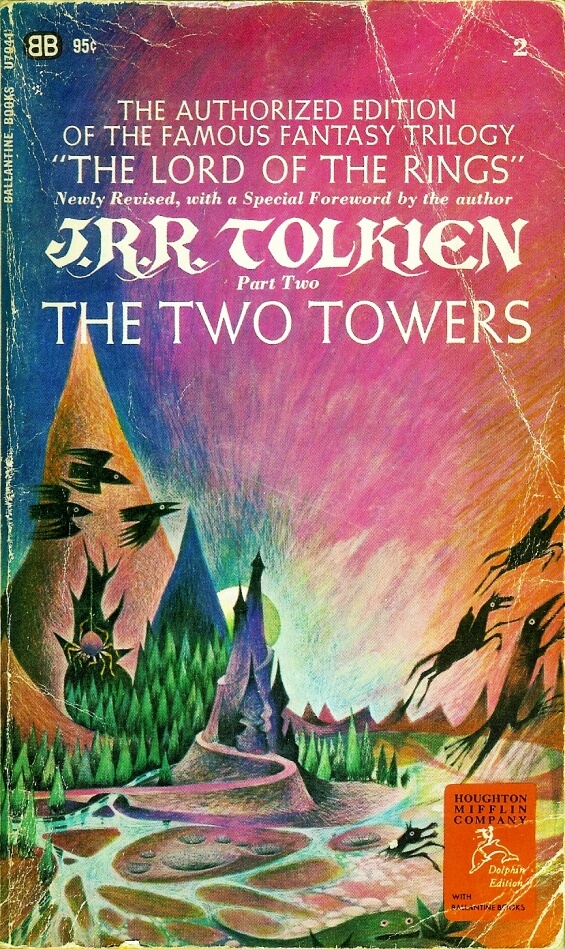
By Seth Wilson

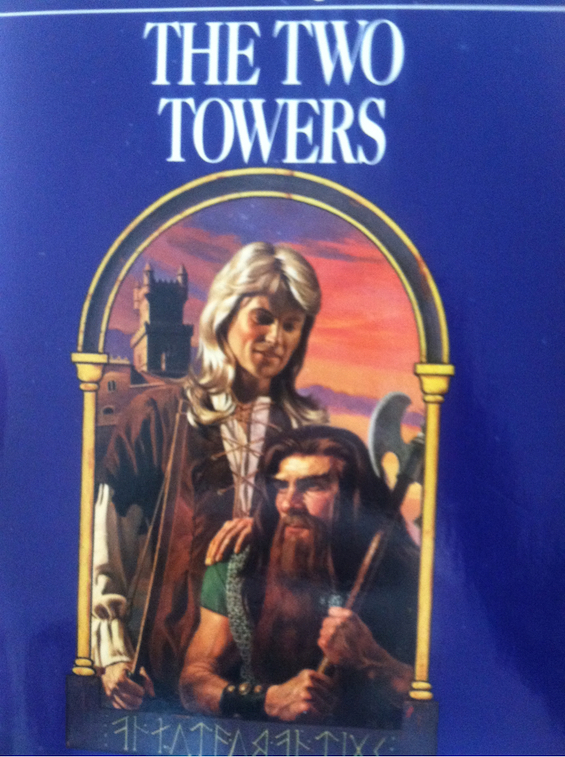
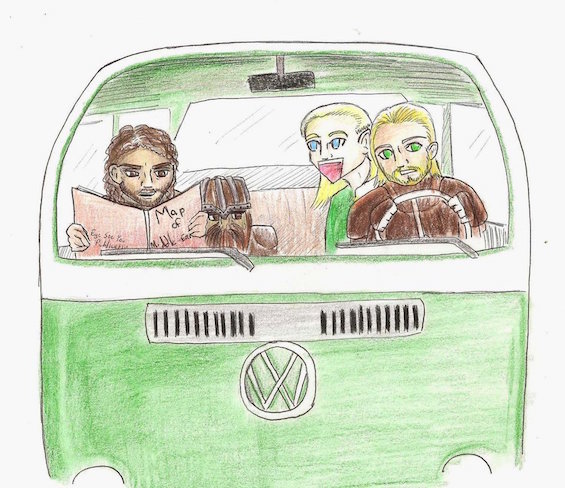
Typo on the podcast number 313 s/b 319.
Thanks! Fixed.